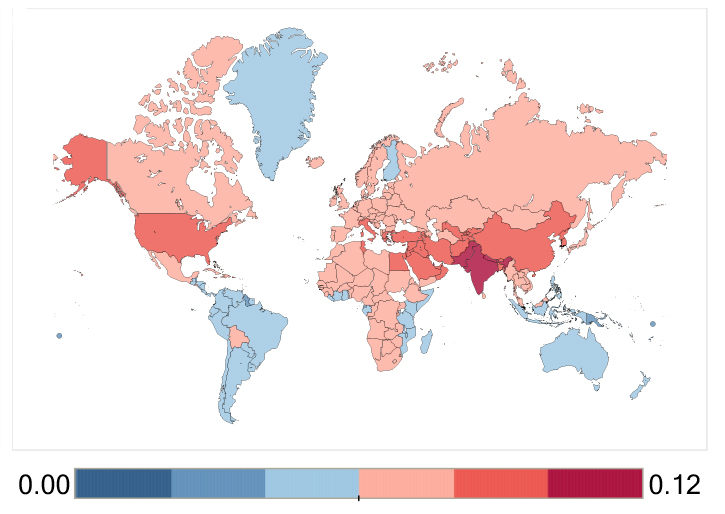Air pollution causes millions of asthma-related ED visits around the world

At least 14 million asthma-related ED visits around the world are caused by air pollution, according to research published in Environmental Health Perspectives. A significant amount of the pollution is generated by humans, researchers wrote.
Previous research has shown a link between air pollution exposure and diabetes, faster biological aging and respiratory infections.
“Our study found that the impacts of air pollution on asthma ED visits are highest in Southeast Asia and the western Pacific regions, most of which were estimated to occur in India and China,” Susan C. Anenberg, PhD, MS, associate professor of environmental and occupational health at the George Washington University Milken Institute School of Public Health, told Infectious Diseases in Children. “There is also growing evidence that air pollution, particularly nitrogen dioxide, is associated with new-onset asthma in children.”
Anenberg said that she and her colleagues will soon be estimating how traffic-related nitrogen dioxide contributes to newly diagnosed asthma in children around the world.
For this study, the researchers estimated the impact of multiple forms of air pollution, including ozone, fine particulate matter (PM2.5) and nitrogen dioxide using epidemiological health and population data, baseline asthma prevalence and incidence and concentration of pollutants.

Anenberg and colleagues estimated that between 9 and 23 million asthma-related ED visits were caused by ozone exposure, and between 5 and 10 million were attributable to PM2.5 exposure. Ozone exposure accounted for 8% to 20% of global asthma-related ED visits, and PM2.5 caused 4% to 9% of these visits.
According to the researchers, emissions caused by human activity resulted in approximately 37% of ozone-influenced asthma-related ED visits and 73% of asthma-related ED visits caused by PM2.5. Other naturally occurring pollutants accounted for the rest of the ED visits. Although vegetation, lightning and dust can increase levels of air pollution and are naturally occurring, the researchers wrote that human activity can increase the rate at which these factors contribute to pollution. “Pediatricians and physicians can promote policies that reduce the risk factors that contribute most to the asthma burden,” Anenberg said. “Our study results indicate that policies that control air pollution could substantially reduce the number of people having to go to the ED for asthma attacks each year.” – by Katherine Bortz
Disclosures: The authors report no relevant financial disclosures.
